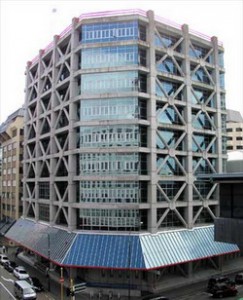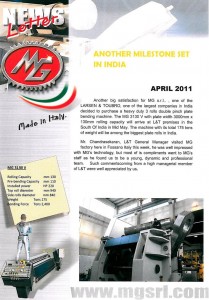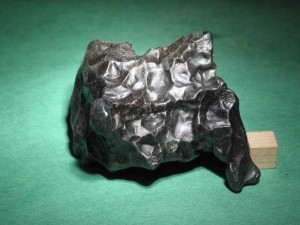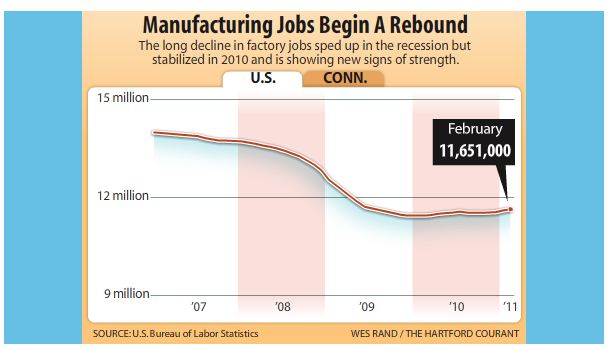 By any measure, the recent earthquakes and tsunami in Japan have been disastrous. Even so, it is amazing how many of the tall structures in Japan remained standing. Many more lives would have been lost if Japan’s infrastructure and building codes were less stringent.
By any measure, the recent earthquakes and tsunami in Japan have been disastrous. Even so, it is amazing how many of the tall structures in Japan remained standing. Many more lives would have been lost if Japan’s infrastructure and building codes were less stringent.
To show the importance of quality construction and building codes, here are some interesting — and chilling — statistics to compare:
Haiti had a 7.0 earthquake on Jan. 12, 2010. Its epicenter struck near its capital, Port-au-Prince. Out of a total estimated population of 9,719,932, over 222,570 people were killed, 300,000 injured and 1.3 million were displaced.
That means that over 2% of Haiti’s population was KILLED and over 13% were homeless as a result of the 7.0 earthquake there last year. As regards the area where the damage was most severe, that comes to a death rate of 11.5 percent of the approximately two million people living in the immediate area of Port-au-Prince.
On March 11, 2011, Japan had an 8.9 magnitude earthquake 80 miles offshore, followed by a devastating tsunami, which rolled in at 600 mph. The March 11 earthquake was preceded by a series of large foreshocks over the previous two days, beginning on March 9th with a magnitude 7.2 event approximately 24 miles from the March 11 earthquake, and continuing with a further 3 earthquakes greater than magnitude 6 on the same day. The 8.9 magnitude earthquake was the worst in recorded history.
Japan’s death toll is currently around 7000, but it is far too early to tell. I can only imagine, in light of the devastation, that it could easily climb to 20,000 by the time these numbers are finalized.
Japan has a total population of 128.05 million.
Even if the current projected death toll from the recent earthquakes and tsunami more than double to 20,000, that would still keep it at only 1 fatality in 10,000 – a VERY far cry from Haiti’s recent earthquake disaster, which again claimed over 20 out of 1000 of its total population. If Japan’s death toll had equaled Haiti’s, in terms of percentages, then their death toll in terms of numbers would have been 2,156,000. That’s 2,555,000 or so lives that WEREN’T lost, that could have been, if conditions in Japan had matched those in Haiti.
The key difference between the infrastructure in the two countries can be summed up in two words: building codes.
It was observed that the vast majority of the tallest buildings in Japan’s urban areas stayed intact. Skyscrapers were seen to sway with the impact, but they stayed put. In fact, they were built to be able to sway that way. That’s part of what makes them so resilient to earthquakes.
Shorter buildings in Japan are built on tight coils, or springs, which decouples the buildings from the ground vibrations during an earthquake.
Haiti didn’t much care about building codes. Thousands upon thousands of people ended up being trapped in the rubble or displaced and homeless.
Japan has stringent building codes (the good news is, building codes in the US are on a similar par to Japan’s). This has made a huge difference in terms of the most recent natural disaster’s impact on that country, as opposed to the impact of the Haiti earthquake. This is not to make less of what actually has happened in Japan. But it really could have been a lot worse, if they hadn’t been this well prepared for it in terms of adhering to their building codes.
In fact, the vast majority of the destruction in Japan was due not to the earthquakes, but to the tsunami.
The estimated increase in construction costs for an earthquake-resistant structure that adheres to the strictest seismic codes is around 10%. Not bad, considering the amount of prevention available in this cure.
Steel framing and reinforcements are the most effective performers for earthquake resistant structures, provided that their connections are of a high quality. Metal is the top choice for builders when it comes to making a building earthquake resistant. Earthquake resistant buildings are constructed in a flexible mode, which means that in the event of an earthquake, they won’t break. They will just move.
Which brings us back full circle to the importance of quality metal fabrication machinery and construction. When you look at the amount of lives they truly can save, this manufacturing industry could be said to be the true unsung heroes of this piece.
-Anja Wulf





